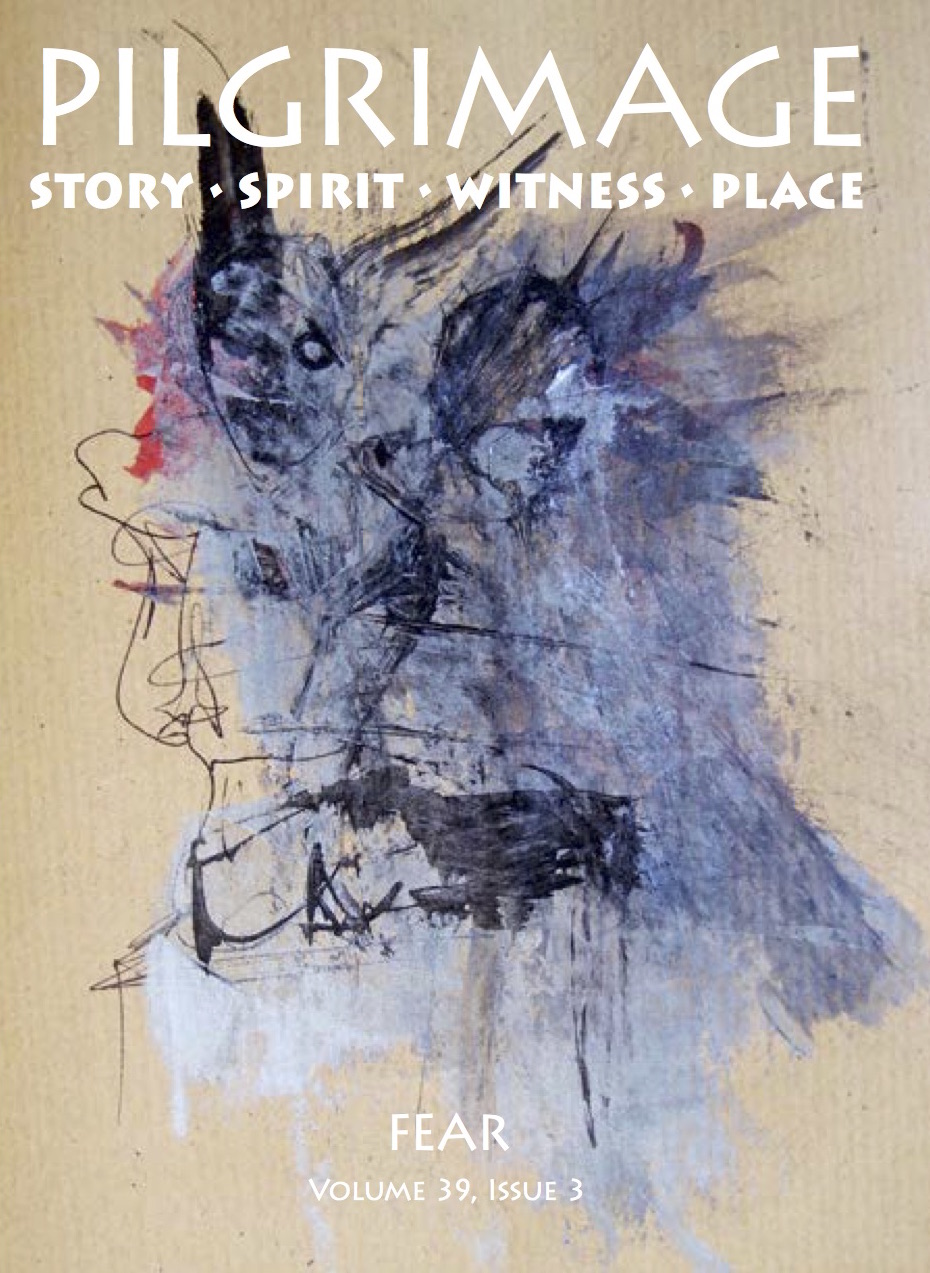 Welcome Welcome
I grew up on horror movies, ghost stories, and every chance I had, I’d explore scary, abandoned places. I’m still hooked on the throttle of my nervous heart beats that entice me to peer into the unknown parts of the night, to run upstairs when I’m scared, and curiosity when I can’t shake the feeling that I’m being watched. But why? What makes the fear tick and what happens when it’s too real? In life, fear assumes many forms: the ghosts, witches, monsters, snakes, spiders, and other creatures we’re expected to avoid. The fearful images of gargoyles and other conventions of horror tap into the ways we genuinely cannot keep our emotions in check. Our cover art by Ivan de Monbrison uses mixed media to create the grotesque shapes of humans to be found somewhere in the frightful shading and wild strokes, converging with the beautiful mix of white, grey, and black, the hint of red barely there. We pause and wonder if we should have killed the snake or not with Megan Merchant. We want so bad to help the addict overcome the relapse in the isolation of the woods in Brian Gross’ “The Off Season.” In Ken Farrell’s poem “Dia de los Muertos,” we are reminded how childhood memory can still materialize well into adulthood, connecting us back when we could not fully grasp the world around us.
The fear also comes with being watched, the discomfort of not being in control. In “Remove All Cookies,” Catherine McGuire reminds us how we’re being monitored, researched, and segmented. Paranoia manifests in other forms too. The soldier coming home and struggling to outrun his past, survivor’s guilt, and PTSD. The ghost of an unfaithful husband unable to decide between his past wives and opting to pester them all. Watching The Exorcist and praying the hurricane doesn’t destroy us all. The extinction of the bees. How do we come back from all this? The tough questions force us to meet uncertainty face to face, in the places that should be safe, and in instances of helplessness like being stuck in a body bag and always at the mercy of corrupt politicians. Like the Cubano who sees the bear as death in Dan Vera’s “The Cuban and the Bear” and the panic of a date cooking up oysters and expectations in Abigail Allen’s story, we can learn what we don’t want very quickly and sometimes too late.
We may focus on the supernatural, but we are really haunted daily by what is misunderstood, what we perceive as the other. Our own assumptions can cause damage to others and ourselves. The discrimination, racism, bigotry, and hatred creeping nearby terrifies us too.
We find it as unbelievable as mob rule until it happens. Our bodies are harmed or threatened, so we write to stand against racism, bigotry, sexual assault, and domestic violence, and to recognize how we all approach the world differently. We proceed cautiously around and build on the courage to expose the horrors, to walk together bravely through the darkness, to stand with the victims in volatile moments with strangers or when we’re with the unpredictable lover, tender one moment and threatening the next. It’s okay to be afraid. We can still be brave.
In the aftermath, fear can be powerful enough to change our behavior, to change the way we live. It can scar us onto the road to recovery, leading to vulnerability, honesty, and connection. It can guide us to resolution and hope in the better outcomes. In the others, risk and terror inflict pain like the grief of a widow’s struggle to go on or the insomniac paralyzed in their need of sleep when the random thoughts cannot stop coming. Even if the courage is stolen from a movie, a folktale, or other piece of art, we are inspired to not give up. We use ritual to cope with what we do not know and sort out what must be confronted, celebrated, challenged, acknowledged, and understood in order to live. To sleep with the lights on when we’re scared. To serve a meal that honors the dead. Whatever the fear may be, we have to prevail, survive, shine the light into the abyss, and to be ready for what is or isn’t there.
Juan Morales
Pueblo, CO
April 2016
|